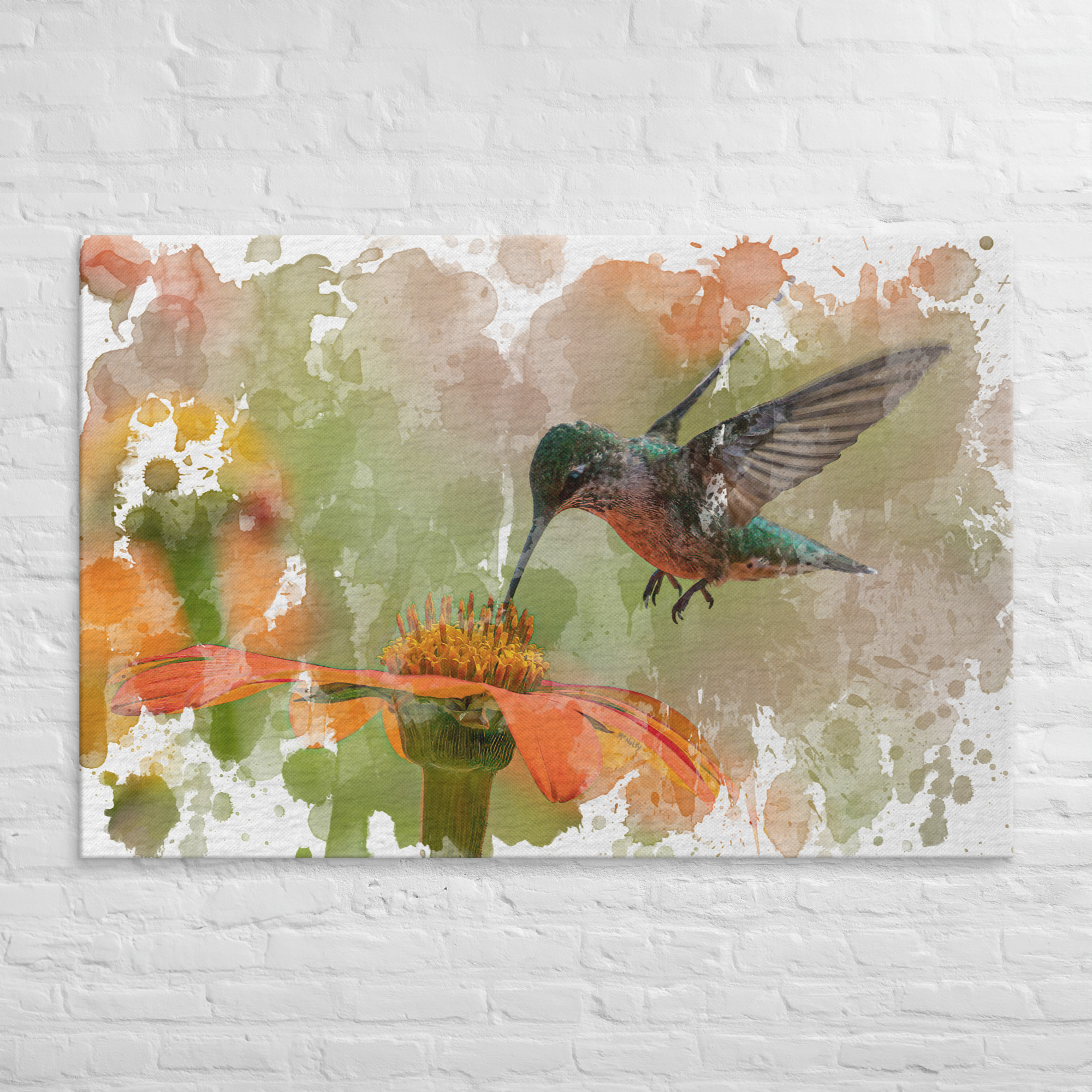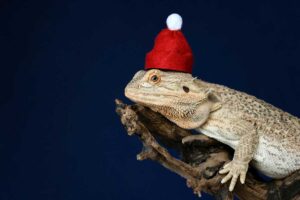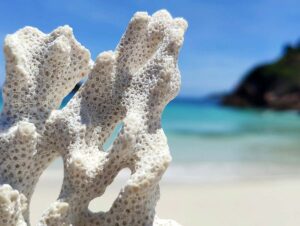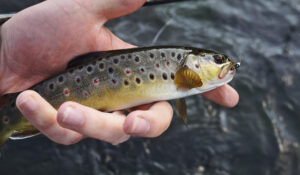Hummingbirds are tiny, fast-moving creatures that bring beauty and joy to any garden. Watching them flit from flower to flower can be mesmerizing, and it’s even more rewarding when they visit your yard regularly. One of the best ways to attract hummingbirds is by offering them food they love. While you can buy pre-made hummingbird nectar, making your own at home is easy, inexpensive, and healthier for the birds. In this guide, we’ll walk you through the simple steps to make hummingbird food.
Why Make Your Own Hummingbird Food?
Making hummingbird food at home has several benefits:
- It’s simple and affordable – With just two ingredients, sugar and water, you can prepare a batch in minutes.
- It’s healthier – Store-bought nectars often contain artificial dyes and preservatives that aren’t necessary and could be harmful to hummingbirds over time. The homemade version is all-natural.
- Customization – You can control how much nectar you make and avoid waste.
What You’ll Need:
- White granulated sugar (Do not use raw sugar, brown sugar, or honey, as these can harm hummingbirds.)
- Water (Clean, fresh tap water works well.)
- A pot for boiling water
- A spoon for stirring
- A hummingbird feeder
The Basic Recipe:
The standard ratio for hummingbird food is 1 part sugar to 4 parts water. This formula closely mimics the natural nectar found in flowers and provides the right balance of energy for hummingbirds.
Ingredients:
- 1 cup of white granulated sugar
- 4 cups of water
Step-by-Step Instructions:
- Boil the water
Start by bringing 4 cups of water to a rolling boil. Boiling the water helps dissolve the sugar more easily and ensures the mixture is clean and safe for hummingbirds. - Add the sugar
Once the water has boiled, remove it from the heat. Stir in 1 cup of sugar until it is fully dissolved. This will create a clear, slightly viscous solution. - Cool the mixture
Allow the sugar water to cool to room temperature before pouring it into the feeder. It’s important to let it cool completely to avoid harming the hummingbirds. - Fill the feeder
Pour the cooled nectar into your clean hummingbird feeder. Be careful not to overfill, as feeders often need to be refilled or cleaned every few days to prevent mold and bacteria buildup. - Hang your feeder
Place your feeder in a location where hummingbirds can easily spot it, ideally near flowering plants or a tree for them to perch on. Hummingbirds are highly attracted to the color red, so if your feeder has red accents, it will naturally catch their attention. If not, you can tie a red ribbon or put some bright red flowers nearby.
Tips for Keeping Hummingbirds Safe:
- Don’t add dyes
While hummingbirds are attracted to red, there is no need to add food coloring to their nectar. Most feeders are already brightly colored, and adding dye can be harmful to the birds. - Keep feeders clean
Hummingbird feeders should be cleaned and refilled every 3 to 5 days, especially in warmer weather. Mold and bacteria can grow quickly in sugary solutions, and hummingbirds can become sick from dirty feeders. To clean your feeder, use hot water and a bottle brush or mild soap. Make sure to rinse thoroughly to remove any soap residue. - Avoid using honey, artificial sweeteners, or other sugars
Stick to regular white granulated sugar. Honey can ferment quickly and cause fungal infections in hummingbirds, while other sweeteners like agave or artificial ones do not provide the necessary energy. - Monitor for ants and bees
If ants or bees start swarming your feeder, there are a few tricks you can try. Use ant moats, which are small water-filled cups placed between the hook and the feeder to stop ants. Some feeders also have bee guards, which prevent bees from reaching the nectar. - Adjust for the seasons
In the cooler months, you may not need to refill the feeder as often since the nectar will stay fresh longer. During hot summer days, however, be sure to check the feeder frequently, as the nectar can spoil quickly in the heat.
How to Store Extra Hummingbird Nectar:
If you’ve made more nectar than your feeder can hold, don’t worry! You can store any unused portion in the refrigerator for up to two weeks. Just make sure to label the container so you remember when it was made.
Final Thoughts:
Making hummingbird food is a simple, rewarding process that helps attract these delightful birds to your garden while providing them with a healthy source of energy. With just sugar and water, you can create a safe, natural nectar that will keep the hummingbirds coming back for more. Keeping the feeder clean and the food fresh will ensure they stay healthy and happy, allowing you to enjoy their company all season long.
By offering a steady supply of food, you’ll likely attract more hummingbirds and perhaps even witness the exciting territorial battles that occur when they compete for nectar. Whether you’re a seasoned birder or new to feeding hummingbirds, creating your own nectar is a fantastic way to connect with nature right in your backyard!




